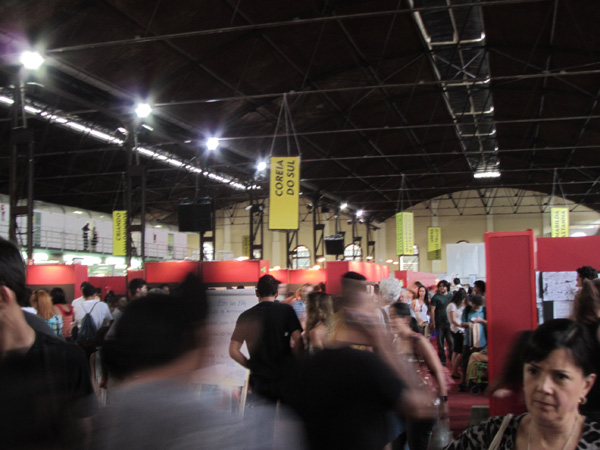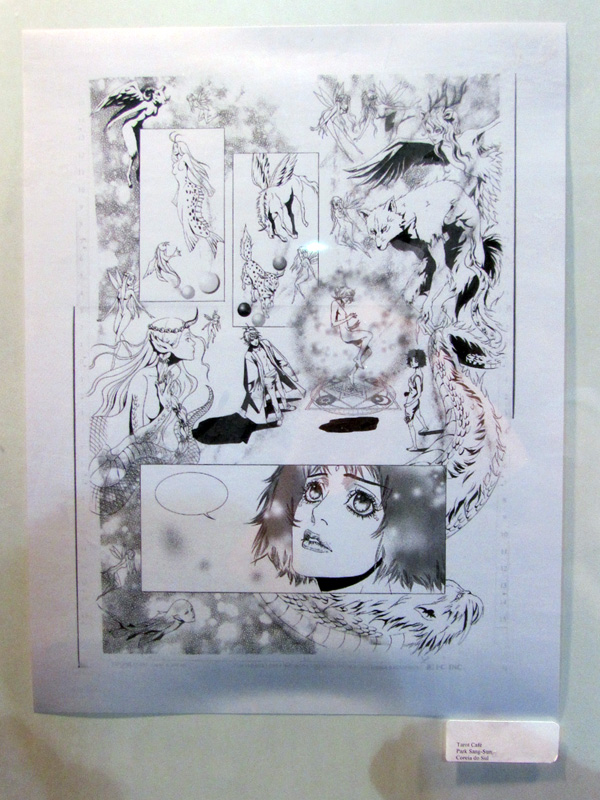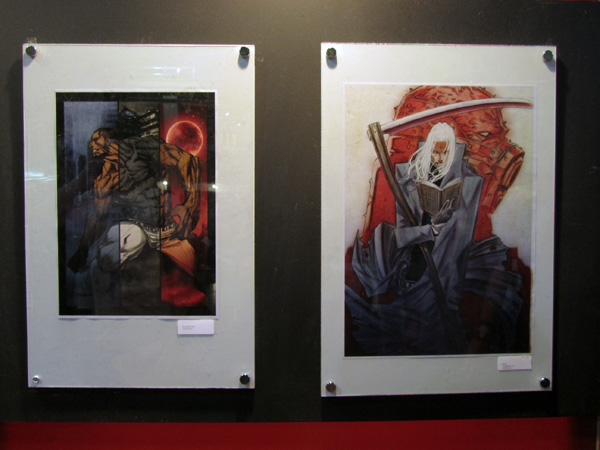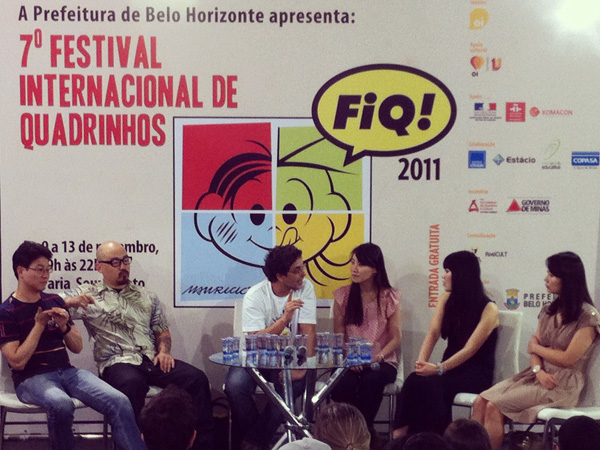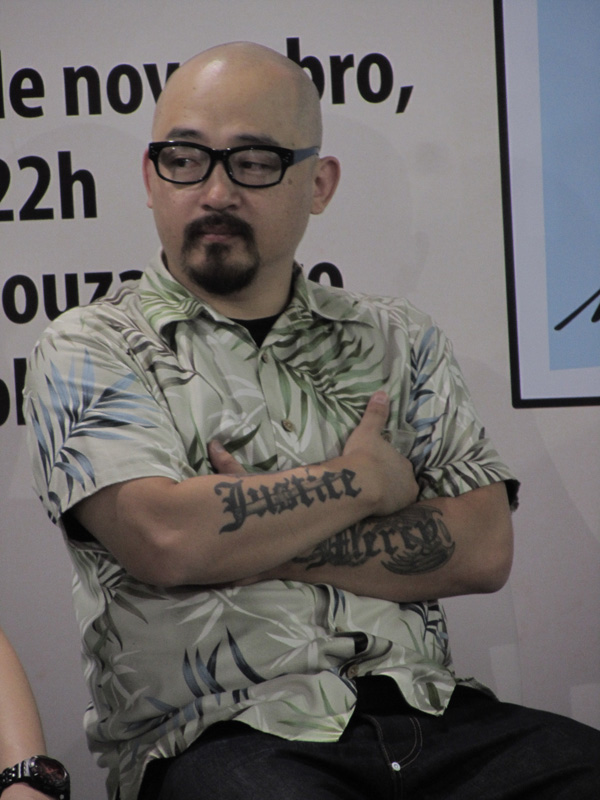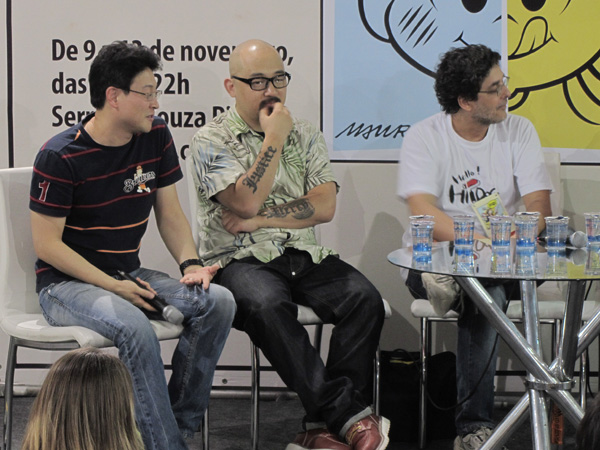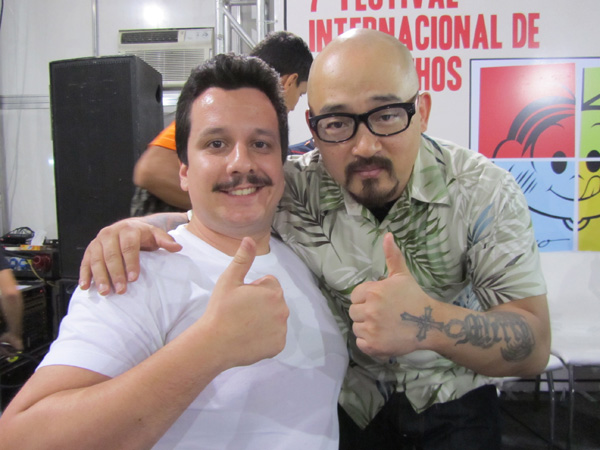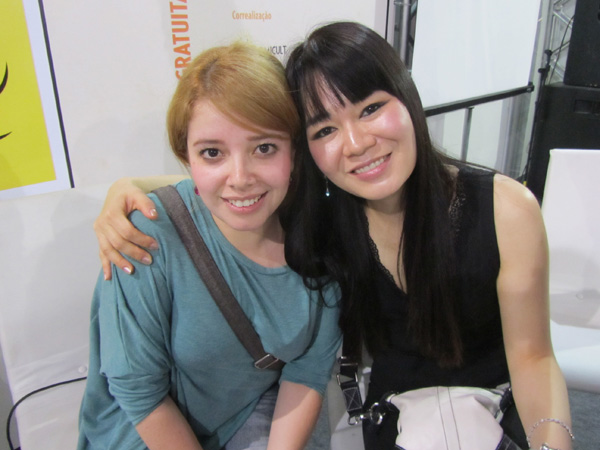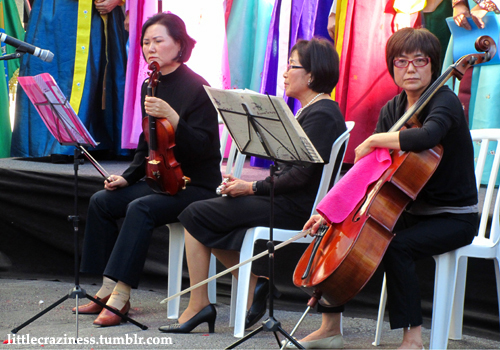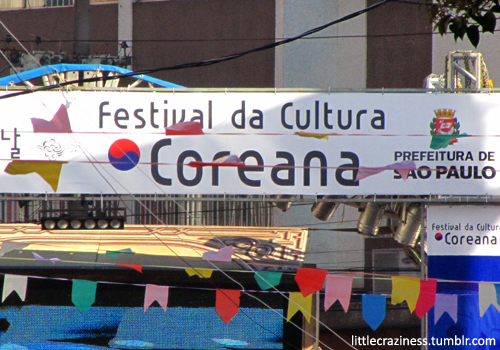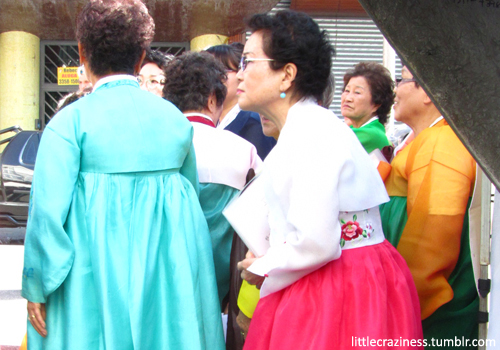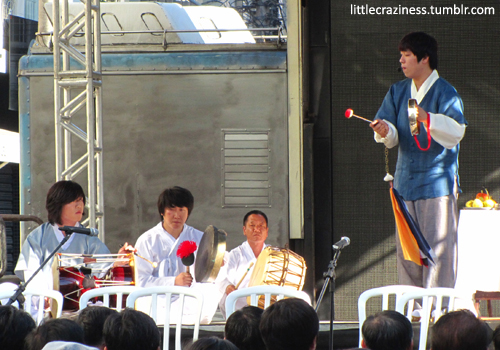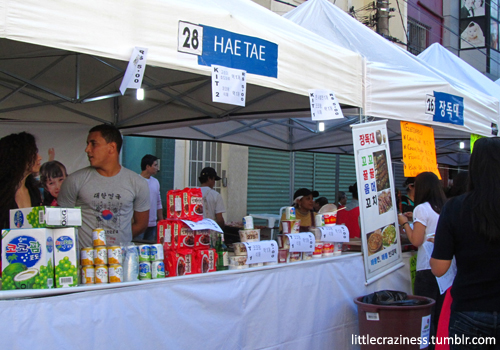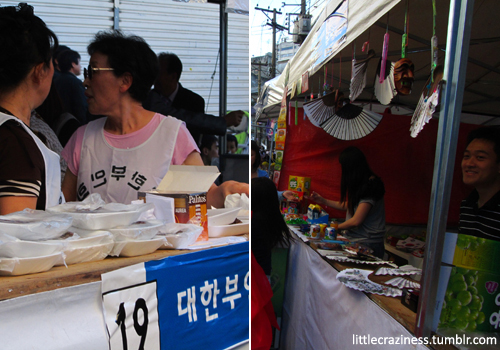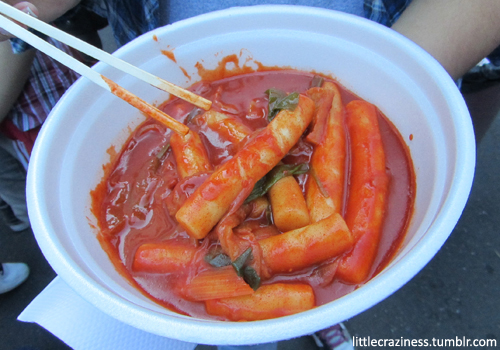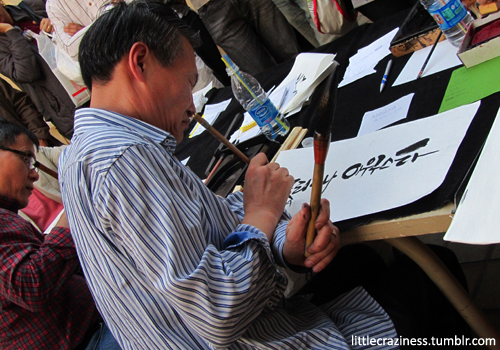For someone who got to know Korean cinema for the first time many, many years ago through Park Chan-wook’s Oldboy, this second edition of CCSP’s Korean film festival (15-30 July) was an amazing event. The main focus was on revenge thrillers, so they couldn’t let The Vengeance Trilogy out, could they? But since not everything is about revenge, the festival also focused on movies that hit it big at the box office and presented a retrospective of one other well-known director, Kim Ji-woon. The selction was indeed varied, so the movie-goers could watch Im Kwon-taek’s 천년학 (Beyond the years), about a family of 판소리 (pansori) performers, in a day and 검은집 (Black House), a slasher film, on the other. There were three sessions a day and since they tried to preserve the same mood by choosing similar-themed films, it was not hard at all to sit through all three of them in a row.
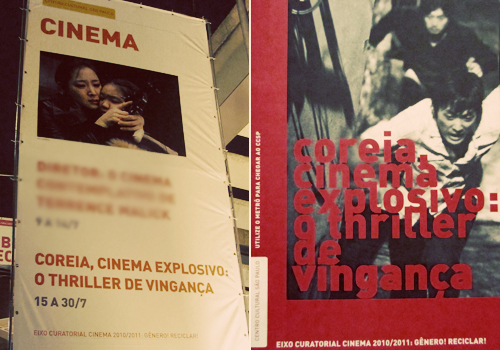
The selection
I tried to watch everything and almost accomplished that – out of 21 movies, I just couldn’t watch two, one of which I had previously seen. That made for a few great surprises, a couple disasters and a lot of back ache (really, those seats are horrible and sooo noisy; I had to be really careful everytime I needed to move an inch), but I came out of it much more interested in Korean cinema than I was before.



Apart from The Vengeance Trilogy and 마더 (Mother), which I already loved and had to re-watch, my favourite movie was 추격자 (The Chaser), a 2008 film by Na Hong-jin with Ha Jeong-woo (who could also be seen on 국가대표 – Take off and 멋진 하루 – My dear enemy). And that is a lot to say, because there were lots of problems with the subtitles, which were coming a minute late at first, and, then, about halfway through, simply disappeared. So I understood the story and the events and everything else, but I have no idea what the people on the screen was talking about. But even without no subs, the acting and the direction were so good that I didn’t miss the details so much.


One thing I truly loved is that they grouped Won Bin’s movies, so 아저씨 (The Man From Nowhere) came first and, then, 마더 (Mother), so you could really appreciate his two very different performances. Of course, Kim Hye-ja is the best thing in this last film and even though I already knew how everything would end, I couldn’t help but suffer all over again with her.

The audience
As far as I could see, most people that attended this festival were Korean or maybe Korean-Brazilian. I can’t tell for sure, though, because all movies were shown twice and, well, I didn’t have time to go watch my favourites for a second time (I probably would’ve done it were it not for my work). But lots and lots of old ladies were there and, in the weekend sessions, lots of young people, too.

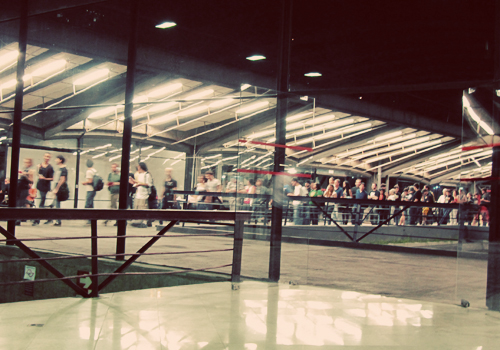
The last couple days had the most crowded sessions*. They were showing The Vengeance Trilogy on Friday and maybe that drew people’s attention and interest, which is usually great. In this case, however, I was a little bit bothered by how everybody seemed to think every little scene was soooo funny. Maybe I take films too seriously, but I find these three movies especially oppressive and, well, that doesn’t sit well with hearty laughs, does it?
Actually, it was a bit like that in many, many movies, so I got slightly pissed many, many times, but I’m sort of annoying when it comes to watching anything, so maybe this is just my cranky side showing.
All in all, it was quite excellent, besides being a unique opportunity, since most of these Korean films did not come to Brazilian cinemas. I do want to talk a bit more about a few of them, but I’ll do this later and on separate posts.
* one of the most crowded days I attended; as I said, I didn’t go there every single day.
** I took the first photo, as well as the two showing the queue. The others were found all over the Internet.
edit: since I haven’t mentioned every single film exhibited, I decided to put up the list here. check it out:
– 천년학 (Beyond the years), Im Kwon-taek, 2007
– 춘향뎐 (Chunhyang), Im Kwon-taek, 2000
– 베스트셀러 (Best seller), Lee Jeong-ho, 2010
– 좋은 놈, 나쁜 놈, 이상한 놈 (The good, the bad and the weird), Kim Ji-woon, 2008
– 장화,홍련, (A tale of two sisters), Kim Ji-woon, 2003
– 달콤한 인생 (A bittersweet life), Kim Ji-woon, 2005
– 추격자 (The chaser), Na Hong-jin, 2008
– 검은집 (Black House), Shin Tae-ra, 2007
– 7급 공무원 (My girlfriend is an agent), Shin Tae-ra, 2009
– 국가대표 (Take off), Kim Yong-hwa, 2009
– 과속스캔들 (Scandal makers), Kang Hyung-chul, 2008
– 해피 엔드 (Happy End), Jung Ji-woo, 1999
– 우리 생애 최고의 순간 (Forever the moment), Im Soon-rye, 2008
– 복수는 나의 것 (Sympathy for Mr. Vengeance), Park Chan-wook, 2002
– 올드보이 (Oldboy), Park Chan-wook, 2003
– 친절한 금자씨 (Sympathy for Lady Vengeance), Park Chan-wook, 2005
– 박쥐 (Thirst), Park Chan-wook, 2009
– 멋진 하루 (My dear enemy), Lee Yoon-ki, 2010
– 마더 (Mother), Bong Joon-ho, 2009
– 아저씨 (The man from nowhere), Lee Jeong-beom, 2010
– 맨발의 꿈 (A barefoot dream), Kim Tae-gyun, 2011

Check out more posts from this collaboration HERE.
Check out the other collaborators’ blogs here.
Check out The Korea Blog!


